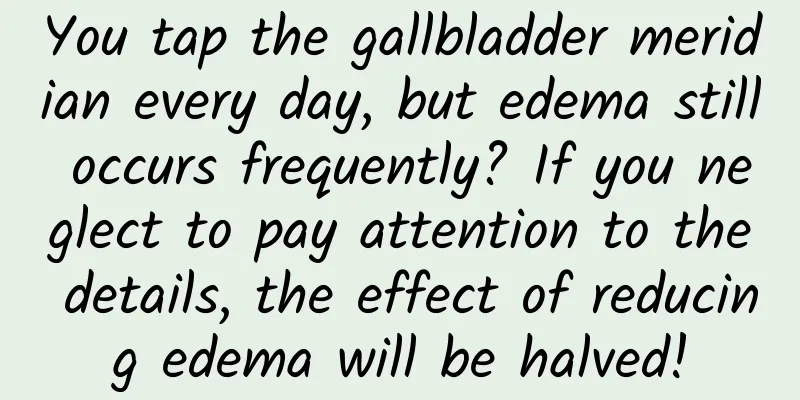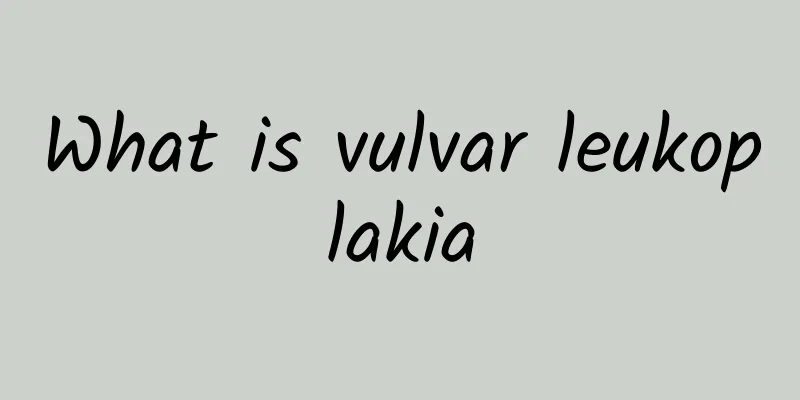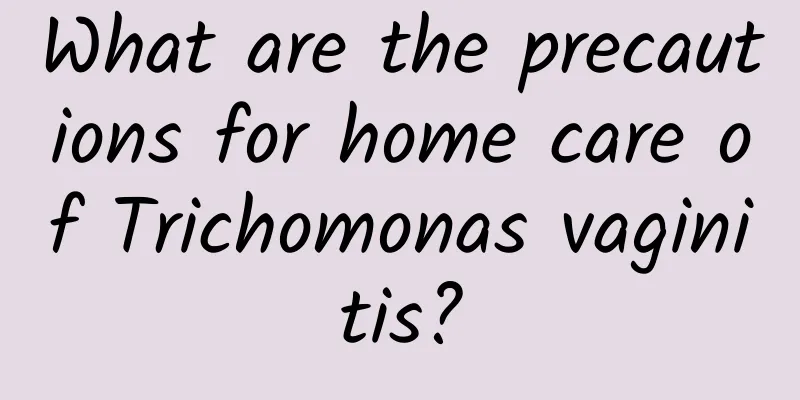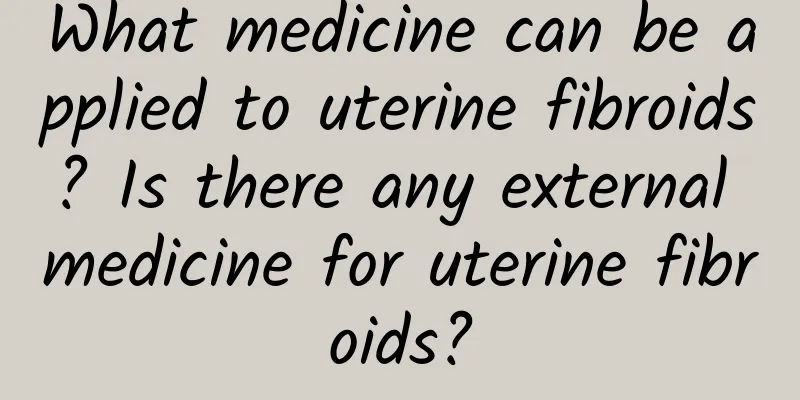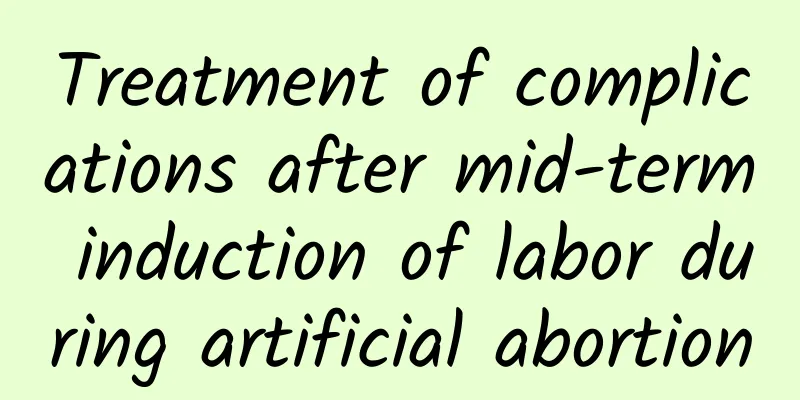What to do if chronic pelvic peritonitis recurs
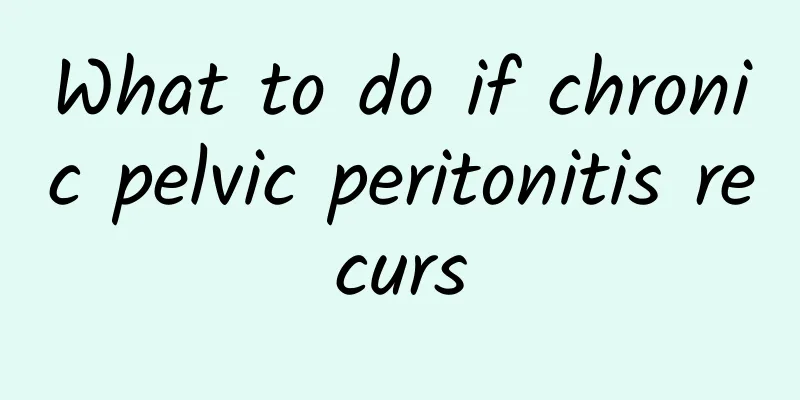
|
In the process of treating chronic pelvic peritonitis, the treatment method plays a big role. We all know that the symptoms of pelvic peritonitis are mainly damp heat and blood stasis. Such inflammation will cause pain to patients when it is serious. As family members of patients with chronic pelvic peritonitis, we see it with our own eyes and feel pain in our hearts. Through experts, we also learned that there are some treatment methods for chronic pelvic peritonitis that are still very effective. The following are the methods of treating pelvic peritonitis learned through consultation. As long as patients with pelvic peritonitis persist in long-term treatment, there will definitely be great results. 1. Treatment with Chinese medicine: Chronic pelvic peritonitis is mostly of damp-heat type, and the treatment principle is mainly to clear away heat and dampness, and promote blood circulation and remove blood stasis. 2. Drug treatment: In addition to eliminating pelvic congestion, chronic pelvic peritonitis also needs anti-inflammatory and antibacterial treatment. This will eliminate inflammation, help to reduce congestion and edema, and help cure pelvic peritonitis faster. You can also take some Chinese medicine for blood circulation and blood stasis under the guidance of a doctor for auxiliary treatment. This is a common treatment method for chronic pelvic peritonitis in traditional Chinese medicine. 3. Physical therapy: benign warm stimulation can promote local blood circulation in the pelvic cavity, improve the nutritional status of tissues, and increase metabolism, so as to facilitate the absorption and disappearance of inflammation. Commonly used methods include short wave, ultrashort wave, ion penetration, wax therapy, etc. 4. Surgical treatment: The scope and method of surgery should be determined according to the patient's age, the scope of the lesion, the size of the mass, and the patient's fertility requirements. If the patient is relatively young and has fertility requirements, and the inflammation causes the fallopian tubes and ovaries to form wrapping and adhesions, affecting fertility, conservative surgical treatment should be considered. For patients with recurrent pelvic peritonitis, long-term mass, and no fertility requirements, the principle of surgery is complete cure. Unilateral adnexectomy or total hysterectomy plus bilateral adnexectomy is performed. The symptoms of chronic pelvic peritonitis are not very obvious, and we often need to observe carefully. However, some patients with pelvic peritonitis have been suffering from the disease for a long time, and have already had many debilitating symptoms. They also begin to have physical discomfort. Sometimes, the resistance of patients with chronic pelvic peritonitis is poor, and they are prone to complications. If we want patients to avoid the harm of pelvic peritonitis, we can use appropriate methods to accurately treat chronic pelvic peritonitis. All of them are very effective. |
<<: Why is chronic pelvic peritonitis prone to recurrence?
>>: Will acute pelvic peritonitis recur after recovery?
Recommend
What are the clinical symptoms of uterine fibroids?
The incidence of uterine fibroids is extremely hi...
How to diagnose adnexitis
How can adnexitis be diagnosed? The diagnosis of ...
Why does painless abortion cause uterine contractions?
Painless abortion can indeed relieve the pain cau...
Do you know how to treat uterine fibroids?
Do you know what treatments there are for uterine...
What are the three degrees of uterine prolapse?
There are three degrees of uterine prolapse: firs...
What are the consequences of uterine fibroid degeneration? What are the dangers of uterine fibroid degeneration?
Degeneration of uterine fibroids refers to abnorm...
What are the main symptoms of trichomoniasis and how to solve trichomoniasis
What are the main symptoms of trichomoniasis vagi...
Benefits of exercise for vaginal candidiasis
Active prevention of candidal vaginitis can avoid...
Do you know the advantages of surgical abortion and medical abortion?
Do you know what the advantages of surgical abort...
No oil stuck and no "belly" burden! Medicinal and Healthy New Year Dishes
The Spring Festival is coming, and the New Year&#...
Parents' waistlines are soaring, and children are obese. 3 steps to control waistline
Are overweight parents likely to raise fat childr...
What should I do if my period comes early and hasn’t come back yet?
What should I do if my period comes early and has...
Which hospital is the best for severe cervical erosion?
Cervical erosion is a common gynecological diseas...
What should we pay attention to when we have leukoplakia of vulva?
The most common thing to pay attention to about v...
Bloggers love eating this way! Recipe for slimming face (Part 1)
Ai Ai Wo, who is not fat, once tried the legendar...

